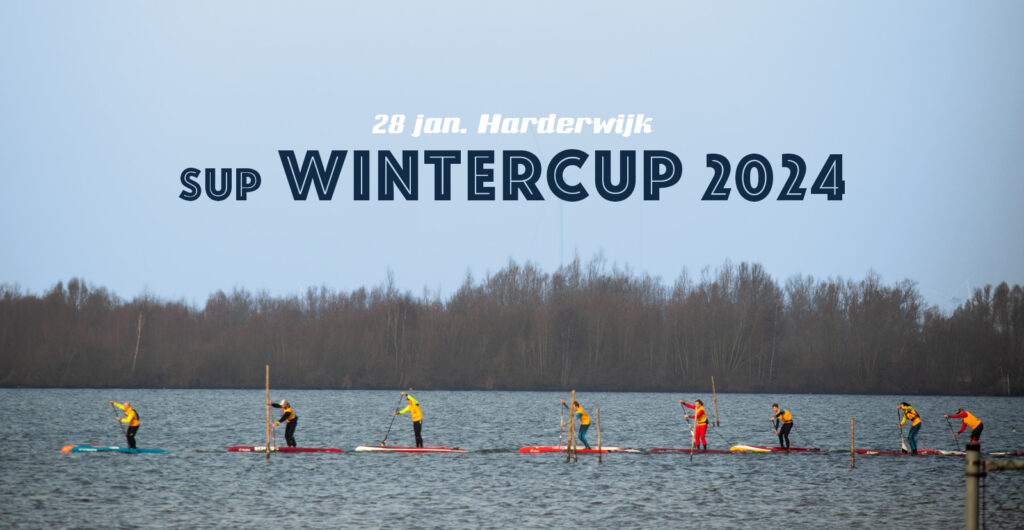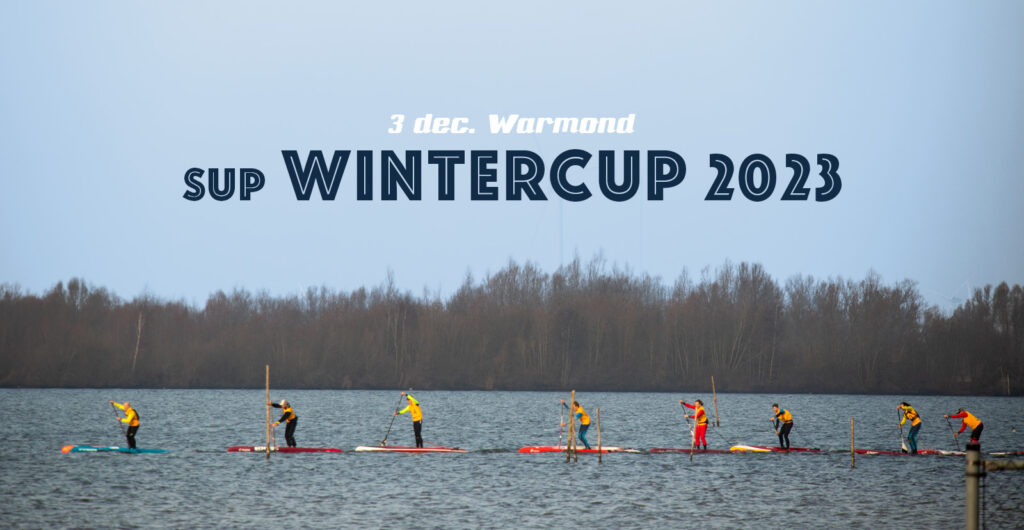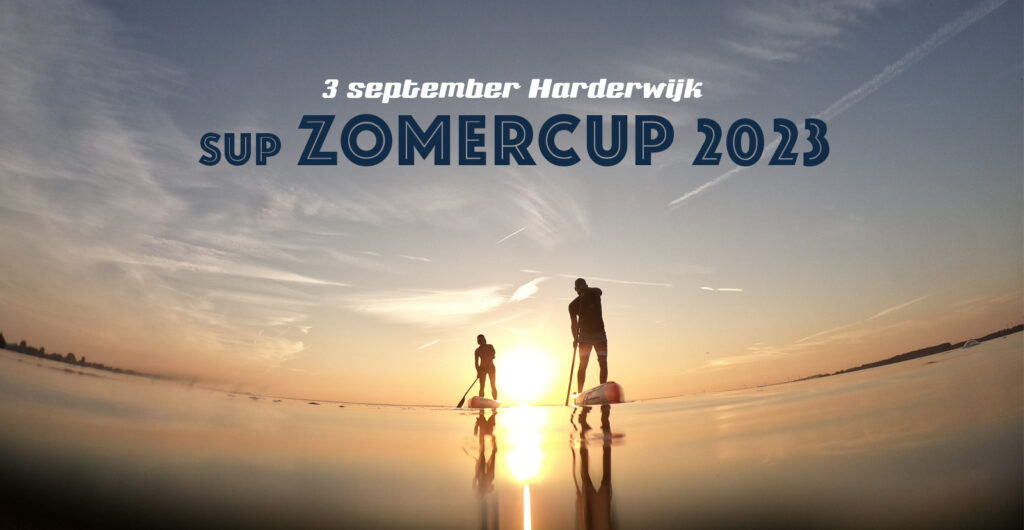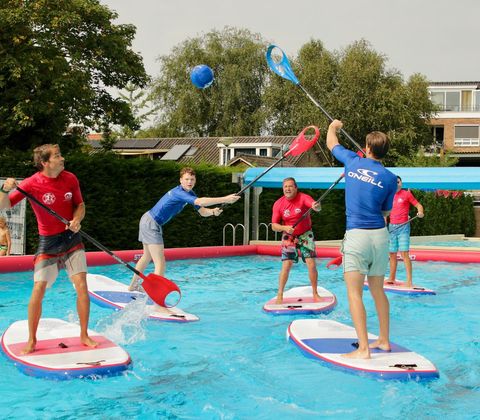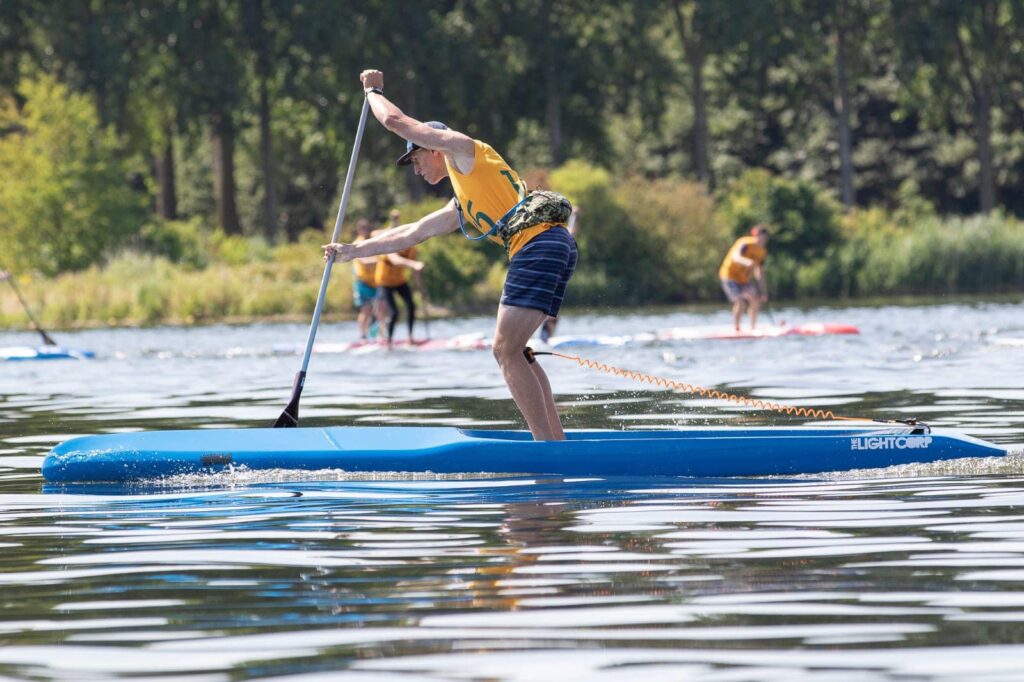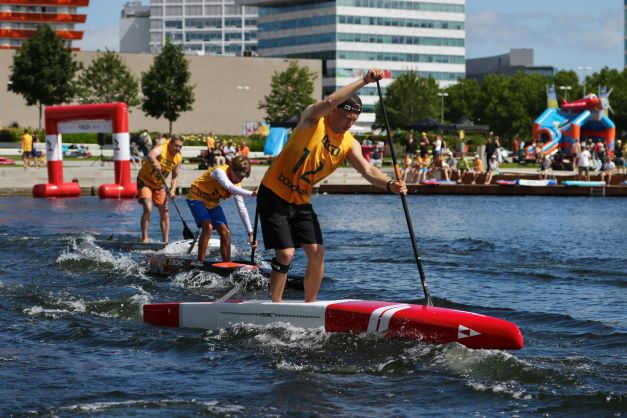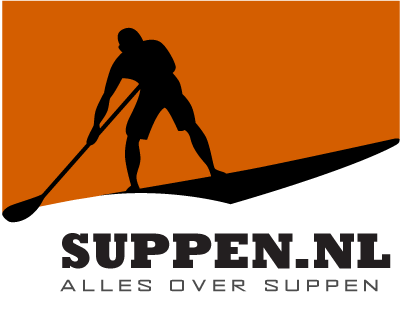
SUP Fitness | Six Ways to Keep Your Body from Cramping
Nothing puts a damper on a distance paddle like a good cramp. The exact cause of cramps is still a source of debate, however many believe cramping occurs when minerals, electrolytes, and salt are lost through sweat, causing the body to become depleted. Others believe cramps are caused by premature fatigue, possibly explaining why most athletes cramp more during races than workouts. Regardless of the exact source, there are plenty of known methods for avoiding cramps. Here are six of the most effective ways for standup paddlers to safeguard against cramps.
Eat salt. Despite the negative connotations associated with sodium, your body desperately needs salt to regulate blood pressure and maintain normal fluid balance. Additionally, salt is an essential electrolyte lost through sweat that helps cells properly absorb and retain water. To avoid cramps associated with salt loss, stalk up on salt tablets, add a pinch of sea salt to your water or munch on some pretzels after a long and sweaty paddle. It’s okay. Your body will surely thank you.
Stay hydrated. The human body is composed of roughly 60 percent water. When you become dehydrated, the fluids outside your cells decrease, causing your muscles to twitch and eventually cramp. By maintaining proper hydration you can prevent major shifts in your body’s fluids and avoid painful muscle contractions. Listen to your body and drink fluids before, during, and after your workout. Just don’t consume too much water at once, as doing so can also cause stomach cramps.
Stretch. Every coach you’ve ever had always made you stretch before practice. And for good reason; stretching is a simple way to prevent cramping. Tight muscles tend to cramp while loose, flexible are less likely to. Muscle cramps are often a result of a muscular imbalance, meaning when the weaker muscles fatigue, your muscles cramp. Focus your stretching on your weaker problem areas to prevent muscular imbalance and cramping.
Know your fitness level. It is widely believed that cramps are the result of tired muscles and failures in the neural communication pathways. According to Martin Schwellnus of the Department of Human Biology at the University of Cape Town, “The mechanism for muscle fatigue and muscle damage causing cramping is best explained through an imbalance that develops in the nervous system’s control of muscle. Muscles tend to become very twitchy when they become fatigued or are injured.” This reasoning explains why cramps are more likely to occur during especially lengthy paddles or races when you are pushing your muscles harder than you typically do. In order to prevent such cramps, you simply need to train harder and improve your fitness levels, otherwise back off when a cramp does strike.
Pickle juice. We know it sounds strange, and disgusting, but many athletes drink pickle juice to prevent and/or alleviate cramps. Pickle juice is packed with electrolytes such as sodium and potassium, possibly explaining why it’s been found to quickly relieve cramps. Additionally, the vinegar compound in the juice has been found to activate nerve receptors in the body, sending out nerve signals that stop the malfunctioning of overly fatigued muscles. Try consuming pickle juice 30 to 60 minutes prior to working out to prevent cramps or carry a two- to three-ounce vial of the juice on your next paddle in case a cramp should occur.
Consume mineral-rich foods. A well-balanced diet, complete with potassium, calcium, and magnesium can also prevent cramps. Potassium is responsible for proper nervous system and muscular function, calcium plays an important role in muscular contraction and impulse generation and magnesium stabilizes adenosine triphosphate (the energy source for muscular contraction). Bananas, melons, and sweet potatoes are all good sources of potassium, skimmed milk, dark, leafy greens and almonds are loaded with calcium, and magnesium is found in beans, legumes, nuts and seeds.
Read more at http://www.supthemag.com/features/sup-fitness-six-ways-keep-body-cramping/#i201crsWDjVixOJs.99
Bron: SUP Magazine

